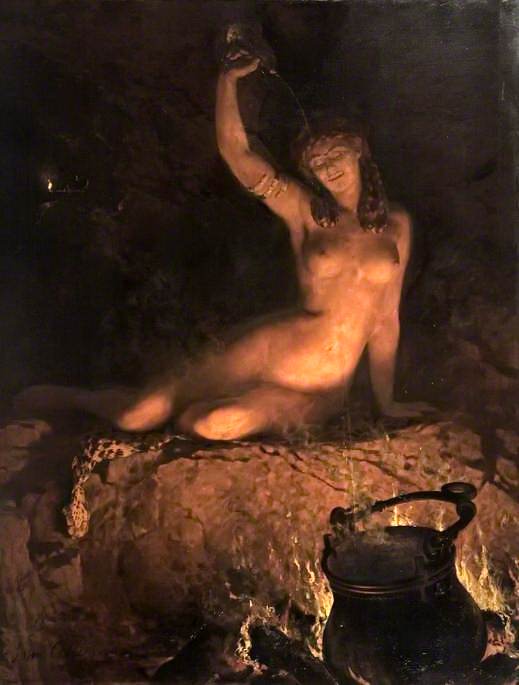René Magritte: A Journey Through Surrealism
Introduction to René Magritte
René Magritte, a Belgian surrealist artist, is renowned for his thought-provoking and enigmatic artworks that challenge viewers' perceptions of reality. Born on November 21, 1898, in Lessines, Belgium, Magritte's artistic journey traversed the boundaries of the ordinary and the extraordinary, blending everyday objects with surreal elements. His works, characterized by their meticulous detail and intellectual depth, continue to captivate audiences and inspire new generations of artists and thinkers.
Early Life and Influences
Magritte's early life was marked by tragedy and artistic exploration. His mother’s suicide in 1912 deeply impacted him and influenced his later works, often reflecting themes of mystery and concealment. Magritte studied at the Académie Royale des Beaux-Arts in Brussels, where he was exposed to various artistic styles and movements. Early influences included futurism and cubism, but it was the surrealist movement that resonated most with him. Magritte’s exposure to Giorgio de Chirico's metaphysical art profoundly shaped his approach, encouraging him to explore the juxtaposition of ordinary objects in unusual contexts.
The Surrealist Movement
Magritte joined the surrealist movement in the mid-1920s, aligning himself with other avant-garde artists and writers in Paris. Surrealism, led by André Breton, sought to unlock the unconscious mind and explore dreams, fantasy, and the irrational. Magritte's contribution to surrealism was unique in its emphasis on clarity and precision. Unlike his contemporaries who often employed abstract and distorted forms, Magritte's works featured realistic depictions of objects, arranged in bizarre and thought-provoking ways.
Iconic Works and Themes
Magritte's oeuvre is rich with iconic works that have become symbols of surrealism. One of his most famous paintings, "The Treachery of Images" (1929), features a meticulously rendered pipe with the caption "Ceci n'est pas une pipe" (This is not a pipe). This painting challenges the viewer’s perception, highlighting the distinction between an object and its representation. Magritte's "The Lovers" (1928), depicting two individuals with their faces obscured by cloth, evokes themes of mystery, identity, and the unknowable aspects of human relationships. Another seminal work, "The Son of Man" (1964), portrays a man in a bowler hat with his face obscured by a green apple, encapsulating Magritte's exploration of concealment and the hidden aspects of reality.
Philosophical Underpinnings
Magritte's art is deeply philosophical, often exploring the nature of reality and representation. He was influenced by the writings of philosophers such as Friedrich Nietzsche and Sigmund Freud. Magritte's works question the nature of perception, language, and reality, urging viewers to look beyond the surface and consider deeper meanings. His paintings often contain paradoxes and contradictions, forcing viewers to confront their assumptions about the world.
Techniques and Style
Magritte's technique was characterized by precise, almost photographic realism, which he employed to create surreal and dreamlike scenes. His meticulous attention to detail and use of light and shadow give his paintings a sense of clarity and believability, even when depicting fantastical subjects. Magritte often used a limited palette, focusing on muted colors and simple compositions to enhance the impact of his imagery.
Legacy and Influence
René Magritte's influence extends far beyond the realm of surrealism. His works have had a lasting impact on contemporary art, pop culture, and advertising. Artists such as Jasper Johns, Andy Warhol, and Ed Ruscha have cited Magritte as an influence, and his imagery has been referenced in films, music videos, and advertisements. Magritte's ability to blend the familiar with the strange has made his art accessible and enduring, continuing to captivate audiences around the world.
Exhibitions and Collections
Magritte's works are held in major museums and private collections worldwide. The Magritte Museum in Brussels houses the largest collection of his works, offering a comprehensive overview of his artistic career. Major exhibitions of Magritte’s work have been held at institutions such as the Museum of Modern Art in New York, the Tate Modern in London, and the Centre Pompidou in Paris, attracting millions of visitors and solidifying his status as one of the most important artists of the 20th century.
Personal Life and Later Years
Magritte married Georgette Berger in 1922, and she remained his lifelong muse and partner. The couple's relationship was central to Magritte's life and work, with Georgette appearing in several of his paintings. Despite his success, Magritte maintained a relatively private and modest lifestyle, often portraying himself as a bourgeois gentleman. He continued to create art until his death in 1967, leaving behind a legacy that continues to inspire and challenge viewers.
Conclusion
René Magritte's art invites viewers to question their perceptions and explore the boundaries between reality and imagination. His unique blend of realism and surrealism, combined with his philosophical approach to art, has made him a central figure in modern art. Magritte's legacy endures, reminding us of the power of art to transform the ordinary into the extraordinary and to provoke thought and wonder. Through his enigmatic and thought-provoking works, Magritte has left an indelible mark on the world of art, continuing to inspire and intrigue audiences worldwide.















